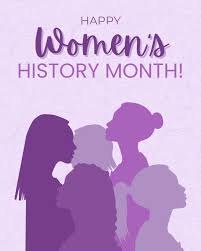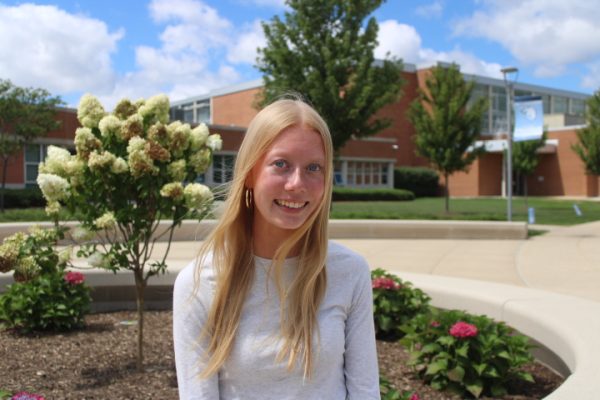Sitting in her seventh-grade English class staring at her Chromebook, now sophomore Yuna Jeong read the same question over and over again. The words scrambled around in her mind, but she couldn’t make sense of what the question was asking — so she asked her teacher for help. Yet, even after her teacher’s explanation and an explanation from a friend — although she pretended to understand it was no use — she still felt hopelessly lost.
“I was really upset [with] myself,” Jeong said. “It was really hard for me to catch up with the classes … My tears started coming out, so I went to the bathroom, locked the door and started to cry.”
Jeong had just moved from Seoul, South Korea, to Washington in the United States; she wasn’t fluent in English, which naturally led to struggles in English classes.
According to Jeong, her experience moving here was challenging as she recalls feeling lost and scared, especially during school. In Korea, although they learn the same subjects as in the U.S., teaching and learning are structured in a completely different format. When initially integrating into the American education system, Jeong’s teachers would meet with her one-on-one to help her get over the learning curve. In the hallways, people spoke slowly to her so that she could understand.
While Jeong had learned to read and write English in Korea, speaking was still a major challenge for her.
“For speaking, there’s no way you can really [practice it],” Jeong said. “You [have] just got to make friends and talk to them; that was really it for me.”
So, Jeong was put in an English Learner (EL) program in middle school even though it was way below her level of proficiency. She tested out of the program in a year. After that, she listened to podcasts, watched TV shows and took online classes to help hone her English skills.
Each day in school, Jeong observed the cultural differences between the U.S. and Korea. She was shocked at how the students move around school instead of the teachers and how kids take school buses instead of public transportation to school.
Fashion-wise, before she moved here, Jeong also never would have thought that she would be wearing a hoodie and leggings to school. Jeong’s biggest excitement was when she found out that you can get your driver’s license at 16 years old here because in Korea, you must be 18 to get a license.
Jeong moved to Prospect at the beginning of her freshman year and has since been involved in the lacrosse and cheer teams. She was initially surprised when she learned that you don’t have to pay to participate in extracurricular activities.
Though there are many changes that come with living in a new country, Jeong’s family still continues some traditions that are common to Korea. They celebrate Seollal, the lunar new year, where they eat traditional Korean foods and the kids receive New Year money.
Still, Jeong recalls how the demographics in America led to some difficult times, when she felt like an outsider.
“It was really hard for me being in [a] minority because [there are less] Asians in the United States,” Jeong said.
Jeong also experienced a major shift in religious beliefs when she converted from being non-religious to practicing Catholicism. Many of her friends were Catholic, so she followed them, and it helped her become involved and feel supported in her community.
Though it didn’t come easily, now, with her own community, Jeong has adjusted to life in the U.S. and has a positive outlook on her future.
“I’m really happy to be here and [to be] spending my life in the United States,” Jeong said. “The systems of education, [and] the way people think, just not judging others easily … it’s really good and I’m really enjoying [being] here.”














